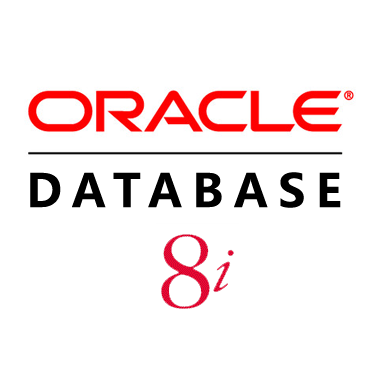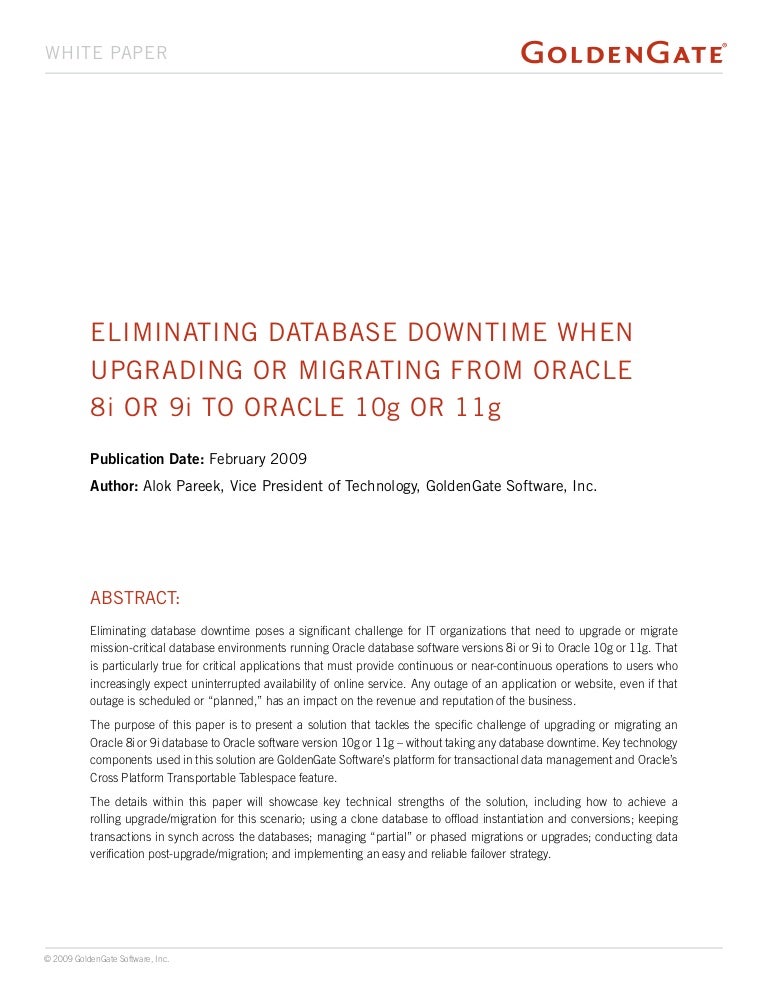
But, as with all things, the real news is in the details. The market is healthy and continues to grow. So there is a lot of good news for database users. Further, IBM notes that 80% of the Fortune 1000 use DB2 for e-business. According to analysts at Dataquest IBM owns 96% of the

In another good sign for the database industry IBM reported in March 2001 that it exceeded 10,000 licenses for its DB2 for OS/390 DBMS. And IBM reported year over year fourth quarter growth of 17% for DB2 for OS/390. Even Oracle’s results for its fiscal second quarter were not really that bad with regard to Oracle8i sales: a 19% increase over the same quarter the But the growth is nothing to sneeze at! According to AMR Research, recent year to year comparison of quarterly results showed 50% gains for Microsoft SQL Server, 20% gains for NCR Teradata,Īnd even 10% gains for Sybase Adaptive Server. Oh, not by the huge percentages by which they used to By most reasonable measures DBMS sales continue to increase.

Well, let’s break from conventional wisdom and take a macro look at DBMS sales. The market in general? And do the stock prices of the major DBMS vendors truly indicate the end of the database wars? But what about the DBMS marketplace, is it as bad as You can’t pick up a newspaper or visit a web site these days without hearing about the slowdown of the US economy and the oncoming bear market. So, we’ll look closely at what has been going on at Oracle, but we’ll delve into the some of the database-related news comingįrom, Microsoft, IBM, Sybase, and others too. Technology-focused and more about marketing, sales, and revenue.

As usual, Oracle is making the most noise and has the most news. Well, another quarter has gone by and many skirmishes have been fought in the database wars.


 0 kommentar(er)
0 kommentar(er)
